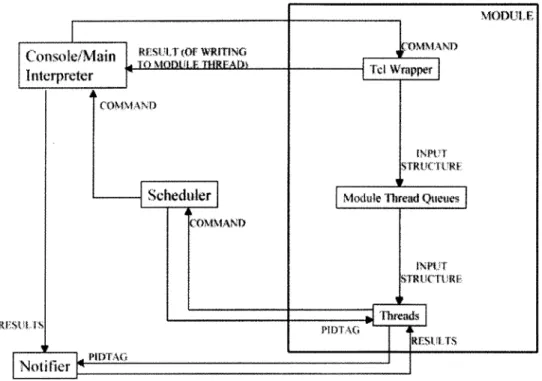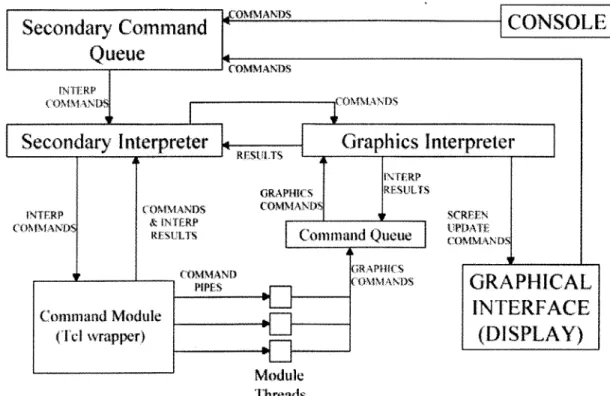The design and implementation of an execution domain for the Lowell Observatory Instrumentation System
Texte intégral
Figure
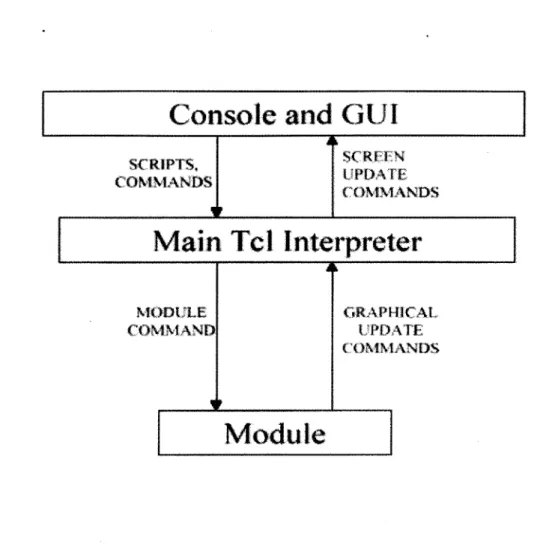
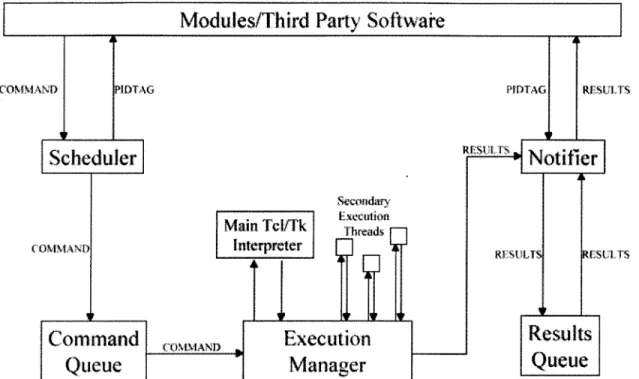
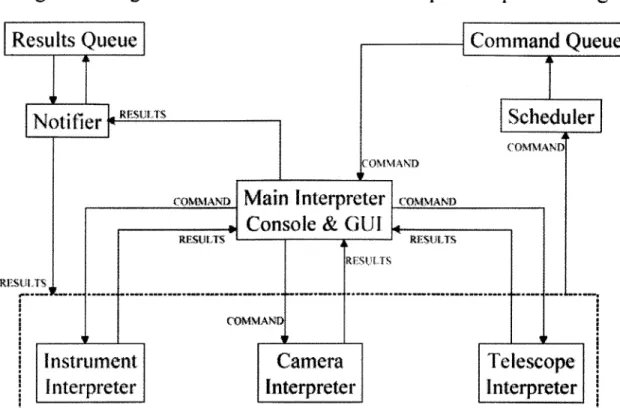
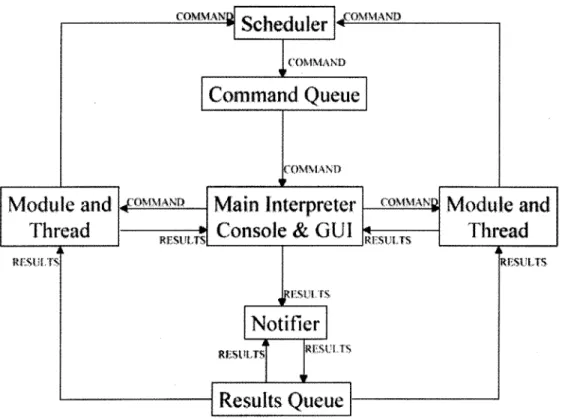
Documents relatifs
essential cause of the winter anomaly is the sporadic intrusions of nitric oxide from the thermosphere due to enhanced vertical transport activity and to a
Specifically, we are asking whether a predictor can be constructed which is asymptotically consistent (prediction error goes to 0) on any source for which a consistent predictor
- Fonctionnement en « CP dédoublés » durant cette année expérimentale dans les écoles du REP Duruy. - Synthèse de la conférence CNESCO des 14 et 15 mars 2018 « Ecrire et
Adaptation to climate change : which are the main challenges for the French wine industry.. Nathalie Ollat, Hervé Quénol, Gérard Barbeau, Cornelis van Leeuwen, Philippe Darriet,
On failure, it returns 1 (unknown cause of failure), 2 (no such file), 3 (path to file does not exist), 5 (insufficient rights, quota exceeded, or the directory already exists),
VOL 47: APRIL • AVRIL 2001 ❖ Canadian Family Physician • Le Médecin de famille canadien 701. Letters ❖ Correspondance Letters
This method consists of calibrating the elasticities and parameters of the CDE system using estimates obtained from another demand system (AIDS 1 or QUAIDS 2 , for example)
In addition, if you’ve run an interpreted program (such as a shell script), you may not be able to kill all dependent processes by killing the interpreter process that got it
